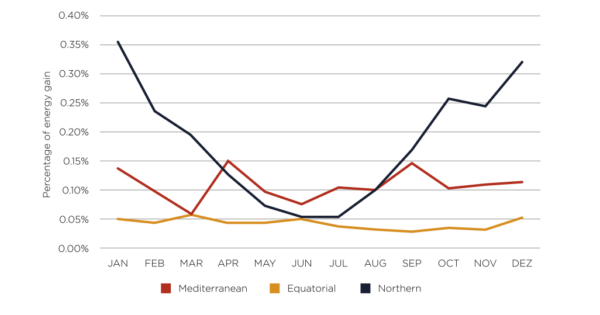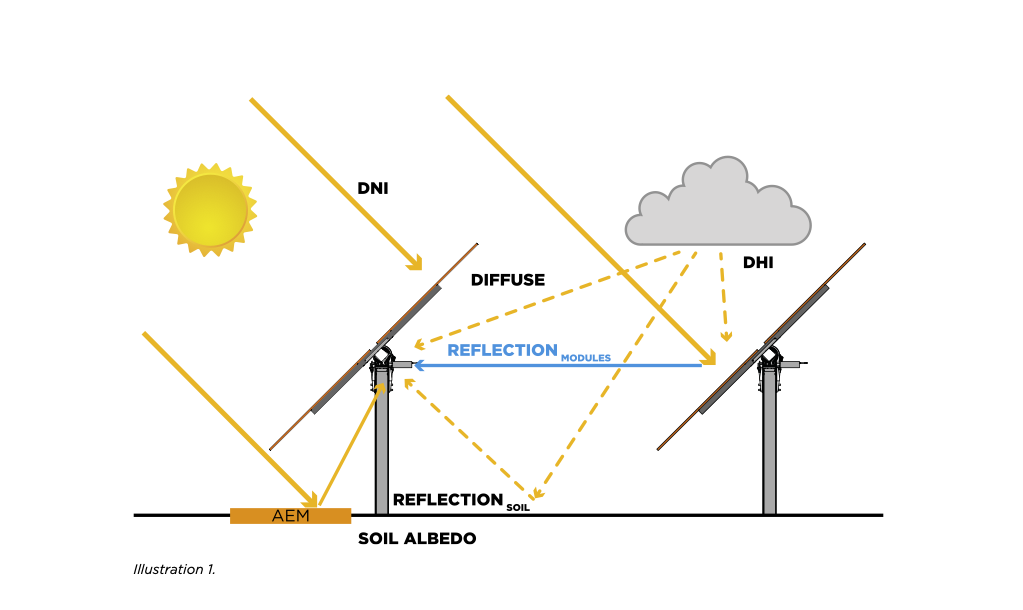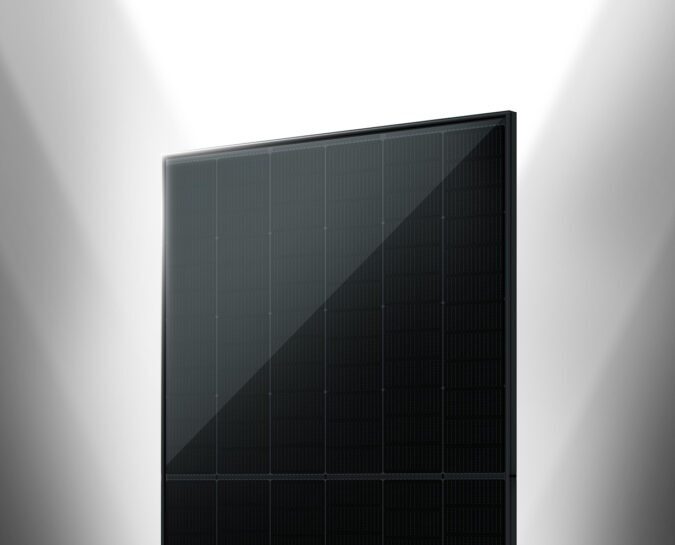From pv magazine Spain
Soltec has developed a new bifacial tracking algorithm to determine the optimal angle for solar trackers to maximize the production of specific bifacial modules in solar plants.
The algorithm estimates power generation for various angles, considering front and rear irradiance and module performance. It uses Soltec's self-developed astronomical algorithm based on solar positioning data from NREL-SPA.
The algorithm considers plant parameters, such as albedo and soil albedo, which can be dynamically configured for improved efficiency. Analytical and experimental tests were conducted across different latitudes, showing an increase in power generation ranging from 0.10% to 0.12%, depending on location and albedo conditions.
The algorithm's effectiveness varies monthly, with a greater gain observed during lower sun angles and winter months. While the potential overall profit of the algorithm is 0.29% (0.41% during the activation period), the actual profit obtained was 0.18% due to weather forecast inaccuracies.
Soltec estimates an economic gain of €6,192 ($6,698) per year for a 50 MW plant in Mediterranean latitude under 30% albedo conditions. The algorithm complements Soltec's other tracking algorithms, such as TeamTrack and Diffuse Booster, which address shading and maximize production during diffuse radiation, respectively.

Source: Soltec
This content is protected by copyright and may not be reused. If you want to cooperate with us and would like to reuse some of our content, please contact: editors@pv-magazine.com.



1 comment
By submitting this form you agree to pv magazine using your data for the purposes of publishing your comment.
Your personal data will only be disclosed or otherwise transmitted to third parties for the purposes of spam filtering or if this is necessary for technical maintenance of the website. Any other transfer to third parties will not take place unless this is justified on the basis of applicable data protection regulations or if pv magazine is legally obliged to do so.
You may revoke this consent at any time with effect for the future, in which case your personal data will be deleted immediately. Otherwise, your data will be deleted if pv magazine has processed your request or the purpose of data storage is fulfilled.
Further information on data privacy can be found in our Data Protection Policy.